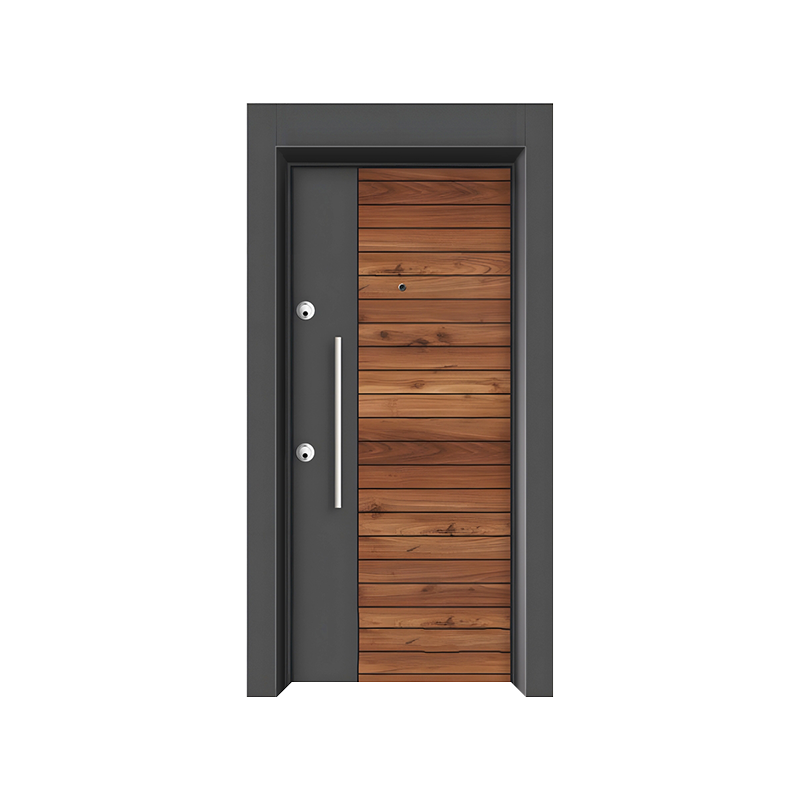Didn't find the product you like?
We gonna help you find matched one fast
Didn't find the product you like?
We gonna help you find matched one fast


+86-13967452036
Iron doors are gaining renewed attention in the construction and renovation industries due to their durability, security, and aesthetic versatility. Used widely in residential, commercial, and industrial settings, these doors combine strength with design flexibility, making them suitable for both functional and decorative purposes.

Applications in Residential and Commercial Projects
Iron doors are frequently chosen for residential properties seeking secure entryways without compromising on appearance. Homeowners value their ability to protect while offering customizable designs, including ornate patterns and glass inserts. Beyond private homes, iron doors are also widely used in commercial buildings such as offices, retail spaces, and hospitality venues, where durability and visual impact are equally important.
In industrial settings, iron doors serve functional purposes, particularly in warehouses and storage facilities requiring robust entry solutions. Their resistance to wear and capacity to handle frequent use make them well-suited for environments that demand both security and longevity.
Manufacturing Developments and Material Enhancements
Modern production methods have significantly improved the quality and variety of iron doors. Manufacturers now use precision cutting, forging, and welding technologies to create intricate designs and consistent dimensions. Many iron doors are also treated with anti-rust coatings or powder finishes, which help maintain appearance and structural integrity over time, even in outdoor or humid environments.
Advancements in fabrication allow for the integration of additional materials such as tempered glass or decorative panels, enabling manufacturers to meet evolving architectural trends. These innovations provide flexibility for designers and builders seeking doors that complement both traditional and contemporary styles.
Balancing Strength and Aesthetics
One of the defining characteristics of iron doors is their ability to offer security while maintaining aesthetic appeal. The material’s natural strength provides a solid barrier against forced entry, which appeals to both homeowners and business owners concerned about safety. At the same time, decorative elements—such as scrollwork, geometric patterns, and custom finishes—transform iron doors into visual focal points that enhance curb appeal.
This combination of function and design versatility supports widespread use across varying architectural styles. Whether for grand entrances or understated modern façades, iron doors can be adapted to suit specific project requirements.
Sustainability and Environmental Impact
Sustainability considerations are influencing how iron doors are produced. Many manufacturers are using recycled steel in their fabrication processes, reducing the environmental impact of raw material sourcing. The durability of iron doors also contributes to sustainability, as their long lifespan minimizes the need for frequent replacements and associated resource consumption.
Protective coatings and finishes that extend the life of iron doors further align with eco-friendly practices by reducing maintenance demands and waste over time. Additionally, manufacturers are exploring energy-efficient designs, such as incorporating insulated glass panels, to improve thermal performance in residential and commercial applications.
Market Trends and Future Outlook
The growing emphasis on secure and durable building materials is driving consistent demand for iron doors worldwide. In regions experiencing rapid urban development, iron doors are increasingly specified for both high-end and mid-range construction projects. Evolving consumer preferences for customizable entry solutions are encouraging manufacturers to expand offerings in terms of size, style, and finish options.
Future growth is expected to be supported by continued innovation in manufacturing, including improved corrosion resistance, lighter yet stronger alloys, and integration with smart locking technologies. These advancements will allow iron doors to remain competitive in a market that values both practicality and visual appeal.
Conclusion
Iron doors are cementing their place as a reliable and adaptable option in modern construction and design. By combining durability, security, and customizable aesthetics, they meet the needs of homeowners, commercial property developers, and industrial operators alike.